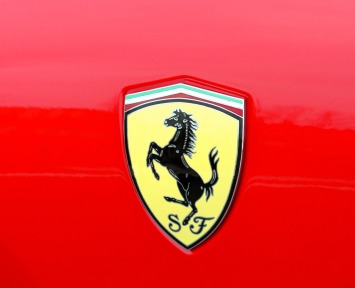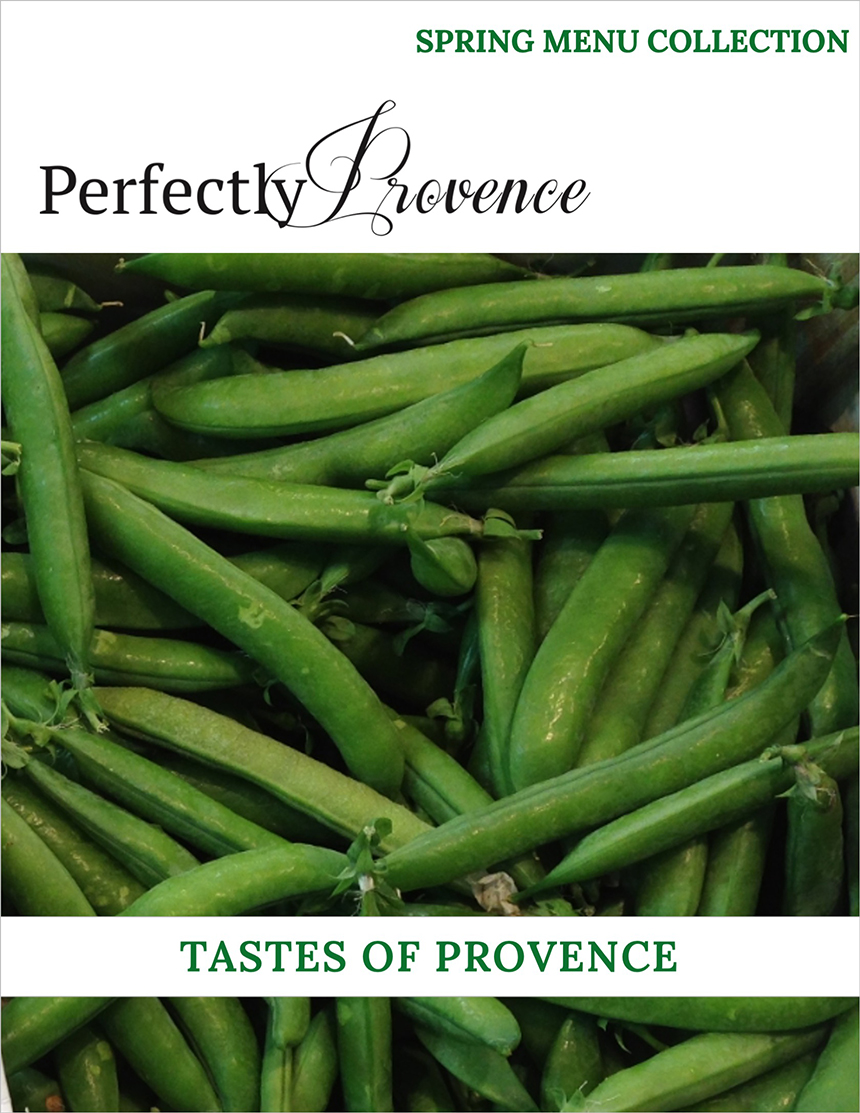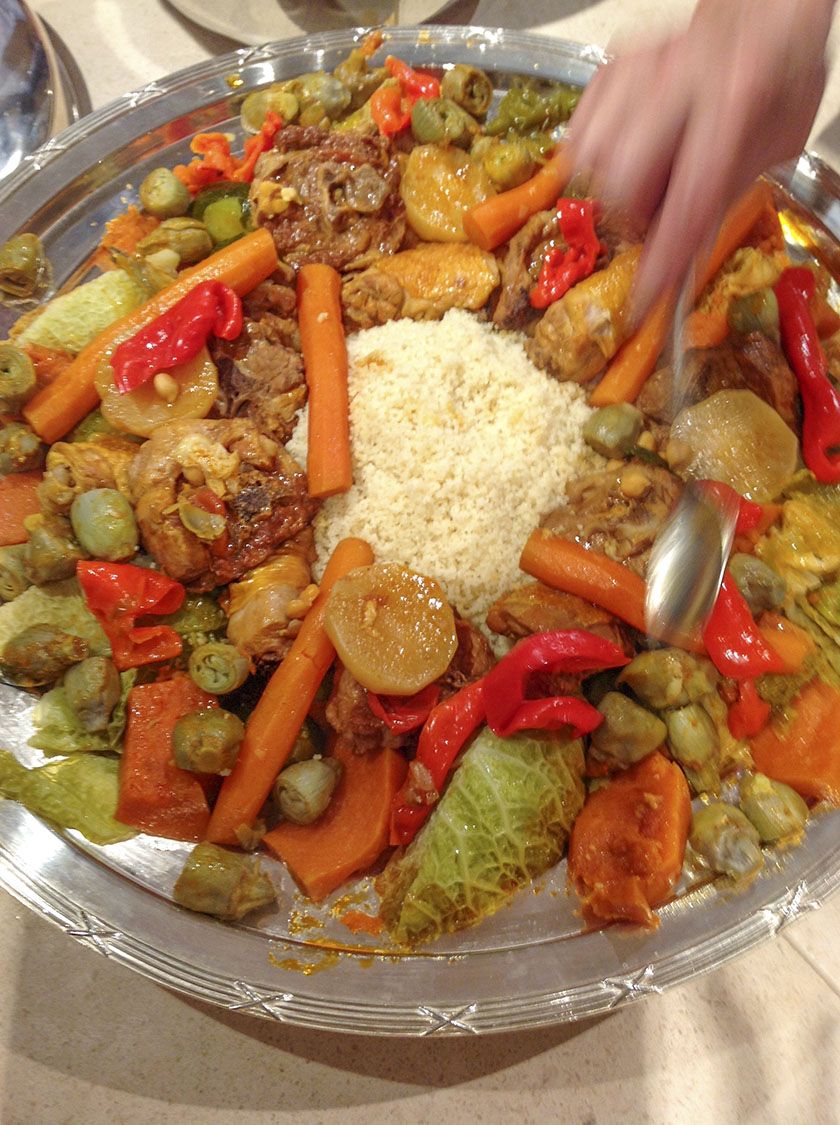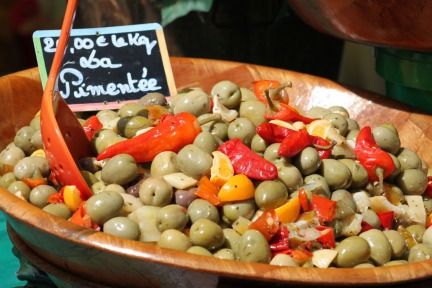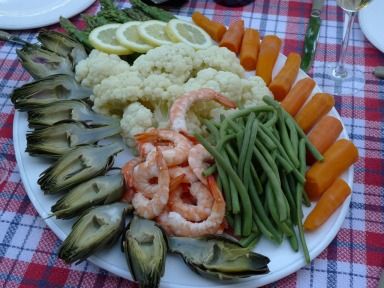Ginger and Nutmeg had been on the road for 12 days travelling to Italian cities and ski resorts. They arrived back in Aix en Provence after a 9+ hour drive, and it took a full day to get through the laundry, pick up Jade from the “doggie spa” and buy some groceries. It was at some point that day, that they noticed a text message from Truffle – he was just a few kilometers away. His planned high-mountain ski randonnée in Corsica had been cancelled due to awful conditions. The great news is Truffle was in town and could come for dinner, the bad news: what do you serve a guy who makes foie gras and magret de canard for regular pre-dinner snacks? Dinner was fine, the wine and company much better.
Category Archives: Travel
The Faces of Genoa Italy
The coastal city of Genoa (Genova in Italian) was Ginger and Nutmeg’s first overnight stop en-route to the Carnevale di Venezia and the Italian ski resorts. It was a logical stop as it allowed for a just the right amount of time in the car (not too much, not too little). Genoa is the Ligurian port city where Columbus was born in 1451. The current city and surrounding area encompasses a population of just over 1.4 million. The historical city was listed on the UNESCO World Heritage List in 2006. Genoa is home to the Bank of Saint George, one of the world’s oldest institutions, and it continues to hold a strong place in the Italian economy today.
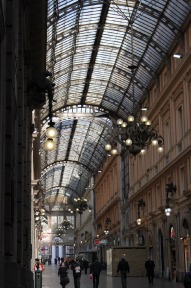 Ginger and Nutmeg stayed at the Bentley Hotel in Genoa. This hotel is really beautifully appointed, however has little classic Italian, Mediterranean or European charm. The hotel could be found in any major centre globally – it was lovely and the bathroom did NOT include the dreaded Euro shower. Setting out on foot from the hotel to the historic district is an easy walk, although involves a long set of stairs as the hotel is located on an upper ridge of the city.
Ginger and Nutmeg stayed at the Bentley Hotel in Genoa. This hotel is really beautifully appointed, however has little classic Italian, Mediterranean or European charm. The hotel could be found in any major centre globally – it was lovely and the bathroom did NOT include the dreaded Euro shower. Setting out on foot from the hotel to the historic district is an easy walk, although involves a long set of stairs as the hotel is located on an upper ridge of the city.
Genoa as a port city is well situated and organized for cruise ship traffic. Many of the key attractions are found just along the waterfront including; the aquarium, the museum of the Antarctica, museum of science and technology for kids. The city tourist bureau has a large map (font and size) and an excellent web site available to visitors. Nutmeg’s advice – get away from the very touristy port as one should not miss Genoa’s Via Garibaldi and the Palazzi dei Rolli. These 16th and 17th century buildings were residences of the powerful families who were highly involved in the financial and sea based trade of the time. For the most part these multistory palaces have been beautifully restored and are generally open to the public for viewing the open staircases, loggias and sculpted gardens. Today these buildings are used for a combination of public (university, government offices, museums) and private uses.
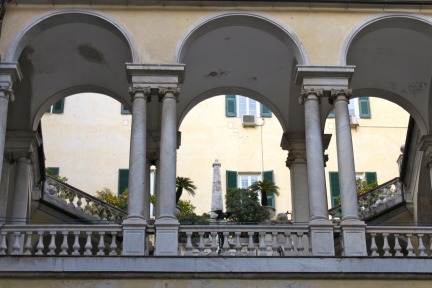
Are You Ready For The Bulls in Provence
Ginger LOVES the Calgary Stampede. He is a faithful rodeo attendee and never misses a single chuckwagon race. Every year, Ginger dons his cowboy duds for the full 10 days of the Stampede, and a few more events on either end. He is a dedicated volunteer, who donates his time selflessly every year. OK, not exactly selflessly, there is an official access badge and lots of beer involved. This year he will seriously miss his favourite event of the year.
The good news for Ginger, is there is no shortage of cowboy culture, horses and bulls in Provence.
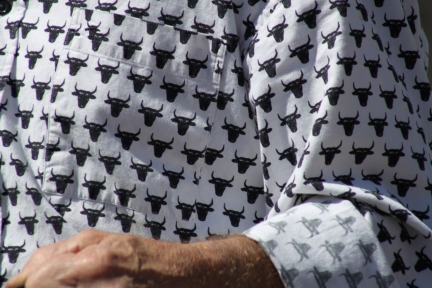
La Chartreuse Avignon’s Neighbour
In Nutmeg’s books the Chartreuse liqueur is unappealing in colour (green) and definitely taste (distilled alcohol with 130 herbal extracts). Thankfully, Ginger does not like it much either. The production of this liqueur started in France in the 1740s by the Carthusian monks in the Chartreuse Mountains near Grenoble. The production and sale of Chartreuse continues to support the order of monks today. The history of the liqueur is interesting in that the production was stopped a couple times when the monks were expelled from France in 1793 and again in 1903. It was not until after World War II that they were officially allowed to return to France. Production today is based in Voiron and the exact recipe remains a well kept secret.
The liqueur may be unappealing but Nutmeg was interested to see La Chartreuse in Villeneuve les Avignon across the mighty Rhone river from Avignon. This beautiful mostly restored structure is now state owned and is the home of the Centre National des Ecritures du Spectacle (CNES). It took almost 100 years for the government to buy back the majority of the property that had once made up this monastery, the last owner left in 1988. During it’s functioning time, the monastery structure and surrounding land was close to 400 acres. The senior monks (fathers) led a contemplative life where they were physically and mentally solitary, in their devotion to the faith.
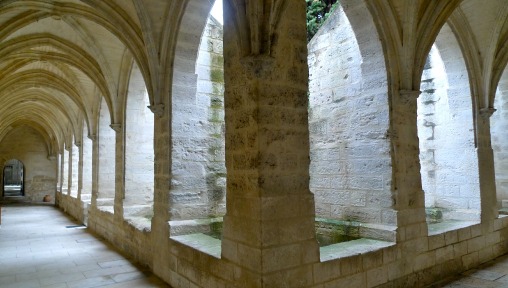
A Taste of Bologna Italy
Warning! This post has nothing to do with the horrible sandwich meat.
Nutmeg LOVES the Italian language. After fighting rush-hour congestion, some GPS misinformation, tiny crowded streets and a retail strip thronged with groups strolling on a Saturday evening – There is something immediately soothing to hear “buonasera signora“!
Allora that is how the visit to Bologna began. Arrival on a Saturday, at the height of late-day shopping and the start of the “apero” (cocktail) time, was an adventure. However, once settled in the very centrally located Hotel Metropolitan, a city map in hand and some restaurants suggestions, Ginger and Nutmeg ventured out into the crowded streets. Bologna is located in Northern Italy, it is the capital of the Emilia-Romagna region. Bologna was called Felsina in the time of the Etuscans and later renamed Bononia under the Romans. Bologna is home to the oldest university in the world, which dates back to the 1088. Today Bologna continues to have a strong student population. It is also known as a gastronomic capital in Italy.
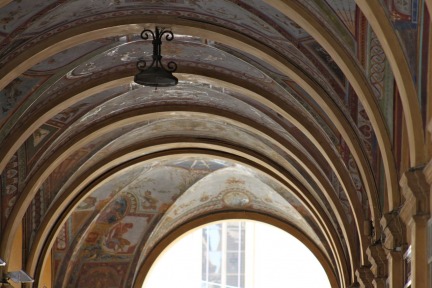
Bologna Italy Mercato delle Erbe
Ginger is a good sport and keen travel partner, he agreed to several days of sightseeing in the cities of Genoa, Bologna and Venice. He gamely played tourist; walked all day, took lots of pictures, visited old churches, and climbed up towers, but when given the choice of sleeping-in or visiting a market – he chose his pillow. Nutmeg was not deterred; she grabbed her camera, some money for a cappuccino and walked the short distance from the hotel to Bologna’s Mercato delle Erbe.

Bologna is well-known as a city with a strong culinary reputation. This is not light cuisine; there is a heavy focus on meat, cheese and pasta. There is a near addiction to cured pork meat; such as prosciutto, salami and mortadella. Pasta comes in every variety, with the ragù alla bolognese as the most famous. The local region is also well known for Parmesan cheese, Modena balsamic vinegar and of course some great wines.
Golfing in Chamonix France
Spring 2011 came early to the French mountain resorts, mostly due to a lack of snow during the ski season. Ginger and Nutmeg needed to change the tires on the car to the “summer wheels”, as we had been rolling along on dry roads for several months in the South. The “stars aligned” and Ginger found a few consecutive days with no commitments, a good weather forecast and a chance to visit Saffron and Truffle while they were on holidays in Chamonix. The three of us piled in the car with almost no luggage and headed NE. The drive was easy and Nutmeg’s only disappointment was that the walnut trees near Grenoble were not in bloom.
We arrived in Chamonix and I headed straight for the river, Ginger went directly to the car garage and Nutmeg settled in for a massage – anybody wondering who is the smartest in the crew? The next morning dawned and it promised to be a beautiful day. The team was headed to the golf course and I was destined for a very big nap, or so I thought, until Saffron said that she was sure I could join them on the 18-hole walk.
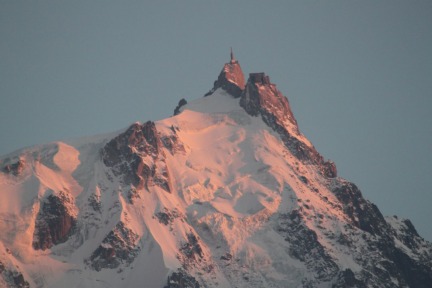
Following Provence’s Mimosa Trail
According to Nutmeg, the Mimosa in cocktail form, does not do justice to either of it’s ingredients; champagne or orange juice. It is often served for brunch and that is a whole other story (see previous blog post).
This post is about the first flower of the season in Provence.
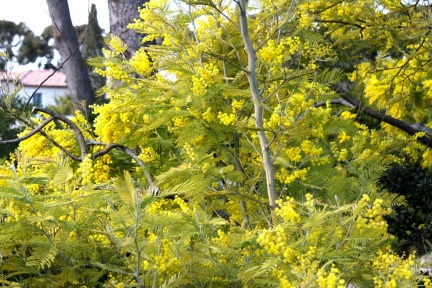
The mimosa is a beautiful flowering bush that is often found in gardens, green-spaces, and forests all over the south of France. There are over 1200 varieties world-wide, the shrub is native to Australia, Central and South America and parts of Asia, not France. It is believed that the mimosa plant travelled to Europe on one of Captain Cook’s voyages. This flowering beauty was introduced to southern France around 1850, by wealthy English, who planted them to in order to brighten-up their gardens during the winter months on the Cote D’Azur.
A Magical Provence Day in a 2CV
Don’t tell Ginger. Several years ago Nutmeg had a boyfriend who was fanatical about 2CVs; that is the Citroën 2CV or “deux chevaux”. On a six-week backpacking trip through Europe he took 90 Kodachrome photos of 2CVs (2 of Nutmeg and 8 of buxom blondes). On top of that he insisted on eating at MacDonald’s throughout Europe. For those of you who know Nutmeg, it was a good thing the relationship “fizzled”.
History (above) aside Nutmeg thought that Ginger would have lots of fun driving a 2CV around Provence for a day. The answer was simple, there is a Dutch/French company called 2CV Experience that rents lovingly restored 2CVs or “two horsepower” cars for the day. It could not have been easier, as they are based minutes outside of Aix-en Provence. They currently have 12 cars and are building their inventory to 15 shortly. These pristine cars have been fully restored by hand, painted meticulously and are ready to go when you arrive. All of the cars are named: Tournesol, Olivier, St-Tropez, Menthe, Sahara…Ginger and Nutmeg were handed the keys to Lavende for the day. Have some fun watching the video: Fun in a “Deux Chevaux”
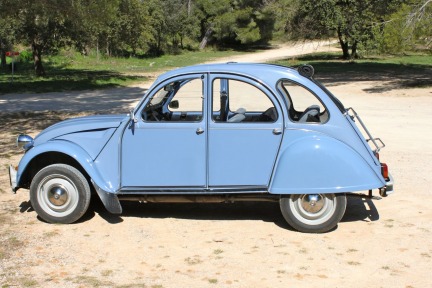
The Citroën 2CV was produced from 1948 to 1990. Technically well built and engineered the 2CV, was affordable and literally designed to move the French rural population from a dependence on animals (horses and carts) to the automobile. The car continues to be iconic. It is minimalist by design, lightweight, offers easy serviceability and consistent reliability. In 42 years of production over 3.8 million cars were produced.
Nutmeg could not have dreamed of a more perfect day in the middle of March. It was a brilliantly sunny, cloudless, warm day. At 10am Ginger was instructed on how to “roll-back” the canvas convertible top, from then on it was a “topless-day” until 19:00.
Ginger and Nutmeg had a vague idea of their day-trip. It looked something like; head to the coast and then “discuss” whether to head left or right. This would be followed by a more hearty talk about where to eat lunch and then finally a more silent trip back to home base. Thankfully, 2CV Experience saved the day by providing a detailed map, route instructions and tourist notes for a 145km tour of l’Étang de Berre. There are actually seven lakes but Étang de Berre is the largest. The area was formed during the last ice age. This inland water body is fed by fresh water sources. The whole area is over 20km long and 16km wide. There are numerous tiny villages and towns to be visited along the way.
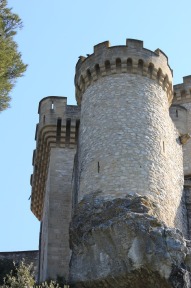 The first stop was Chateau La Barben, just outside La Barben. There has been a structure in place since 1064. The castle has been restored and now accommodates several needs; day tourists, overnight B&B guests and special function receptions. Unfortunately for G&N they arrived early season, and too early in the day so could not view the interior. Certainly the exterior is well restored and the location is a beautiful cool oasis, surrounded by water sources.
The first stop was Chateau La Barben, just outside La Barben. There has been a structure in place since 1064. The castle has been restored and now accommodates several needs; day tourists, overnight B&B guests and special function receptions. Unfortunately for G&N they arrived early season, and too early in the day so could not view the interior. Certainly the exterior is well restored and the location is a beautiful cool oasis, surrounded by water sources.
The next towns were Pelissanne, Salon de Provence, Grans, and Saint Chamas. Each town has some unique sites and photo opportunities. Hands-down the village of Grans was a favored stop. The village is small and maintains a real Provencal feel with a mix of residences, restaurants and cafes. This tiny village has a permanent population of about 3800 residents.
The other towns were not highly remarkable although each one has some unique characteristics and offers some photo opportunities at the most unexpected moments. Although 2CV Experience provides all the tools for a picnic, you still need to spend a few moments purchasing the ingredients (Ginger and Nutmeg were not that organized or motivated), so they ended up in Istres for lunch. This is an ancient town has a few remaining Roman sites surrounded by a bustling town. A quick drive through the area and it is clear you should not venture too far from your car and keep your valuables close at hand. That being said G&N stumbled across Pinçée de Sel for lunch on the main street and it was excellent.
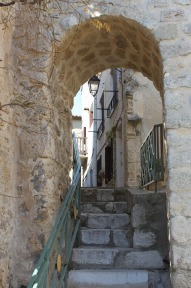
The post lunch stops included the village of Saint Mitre les Remparts, this village should NOT be missed. The ancient town was surrounded by high defensive walls, which date to back to the 14th century. There are two main entrances into the old village, the North and South gates. Do not miss the residences built into the old walls of the village. This small village is a lovely, relatively quiet stop on the tourist circuit. Unfortunately, time was ticking and the sun was headed the wrong direction so the next towns were literally “drive-bys” for another time. Here is a picture of the seaside harbour of Carro, where the duo made a brief pit stop before heading back to the starting point.
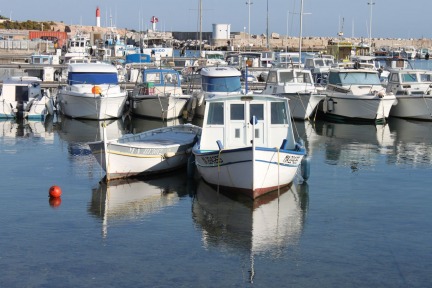
Ginger was warned about some of the idiosyncrasies of the 2CV. First up was where the hazard lights were just in case of any unforeseen events. Important details included the fact that there is NO power steering, NO power brakes, and the transmission is un-synchronized. Translated that all means that one needs to use a little muscle to drive the car and must think ahead. With an un-synchronized clutch if you need to downshift into first gear, the car must come to a complete stop before engaging the gear. The gearshift is interesting as it is on the dashboard, with a unique shift pattern. Lavende was fun to drive, cornering took a little effort to manhandle the steering, and a rolling stop in second gear was the name of the game, avoid full stops if possible. The car accelerated well. The car seems to perform best at 90km/hr and below; much better to enjoy the sights and sounds of the little towns, natural vistas, and historic monuments along the route.
At the end of the day it was really a “magical” experience in a 2CV. The small team at 2CV Experience is well organized, professional, accommodating and they provide excellent route notes! Otherwise Ginger and Nutmeg might still be “discussing” the directions!
Red Sports Car at Ferrari Maranello Italy
There are several brands that epitomize Italian style, one that is known worldwide is Ferrari. Boys of all ages, have visions of racing in the streets of Monaco in a red sports car. Bright red is truly one of the distinctive traits of the Ferrari automobiles, a patented colour, “Rosso Corsa,” or Italian racing red. In fact, red is the international color for all Italian race cars, while the French use blue, and the English defaulted to British racing car green. On a recent visit to Bologna, Ginger and Nutmeg made a small side-trip to Galleri Ferrari, the official Ferrari museum located in Maranello, to experience these magnificent machines up close.
Aside from distinctive color the Ferrari coat of arms, a bright black stallion prancing on a yellow embossed background, is iconic. History surrounds the emblem: the black stallion symbolizing the Piedmonte Reale Cavalleria which World War One, Italian flying ace Francesco Baracca had painted on his fighter plane. Ferrari originally received approval to use the prancing stallion on its cars from Countess Baracca who suggested it would bring luck in car races. Yellow is the official color of Modena, an Italian province in the Emilia-Romagna region of Italy. Modena has been deemed the “Supercar Capital” as it has been home to carmakers Ferrari, Maserati, Lamborgini, and Bugatti. Two scripted letters “S” and “F” are also included on the logo and are important as they signify Scuderia Ferrari, or the “Ferrari Stable.” The stable got its roots in 1928 as a collective of amateur race car drivers led by Enzo Ferrari. The crest is an appropriate coat of arms for such a legacy of great automobiles, which have been built with ever increasing horsepower.
